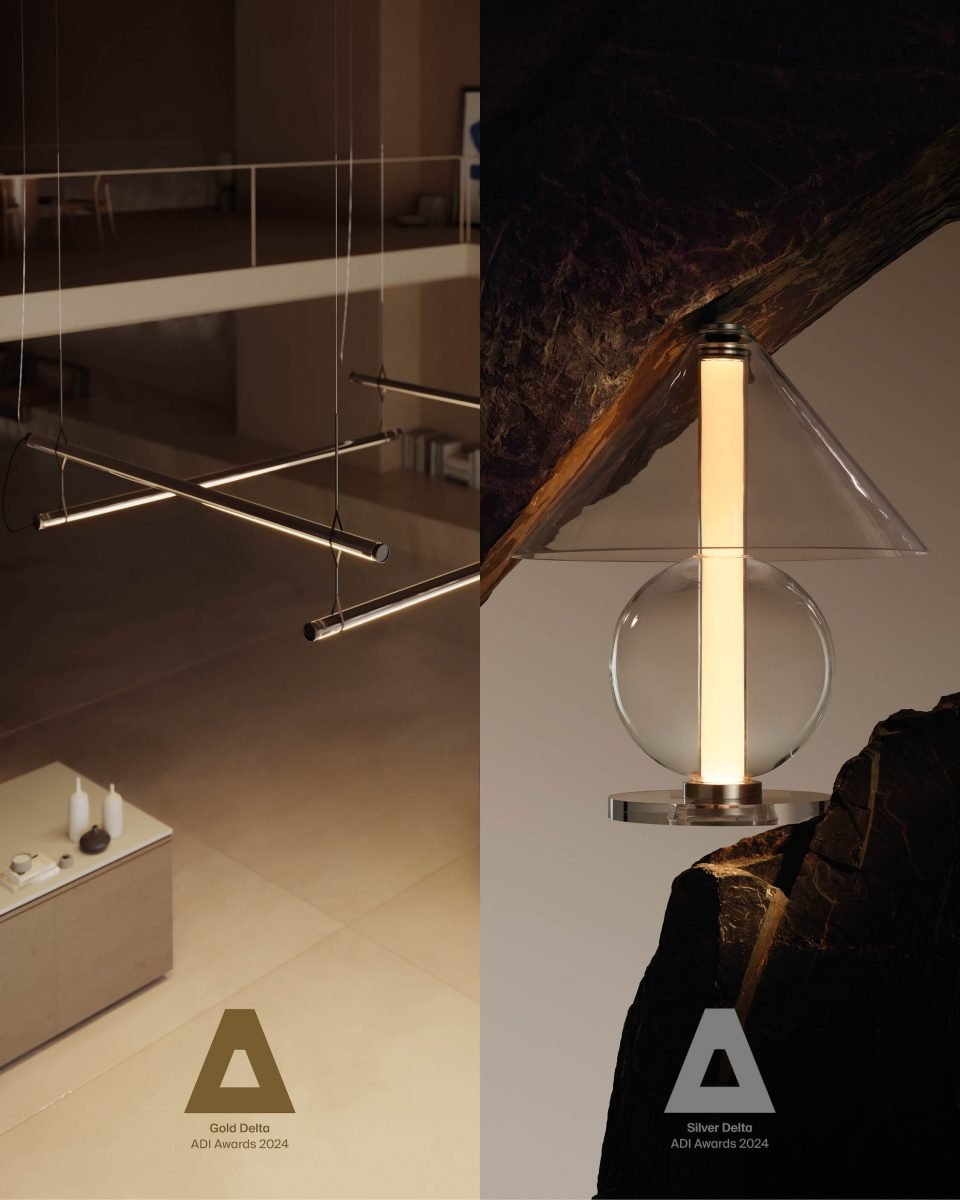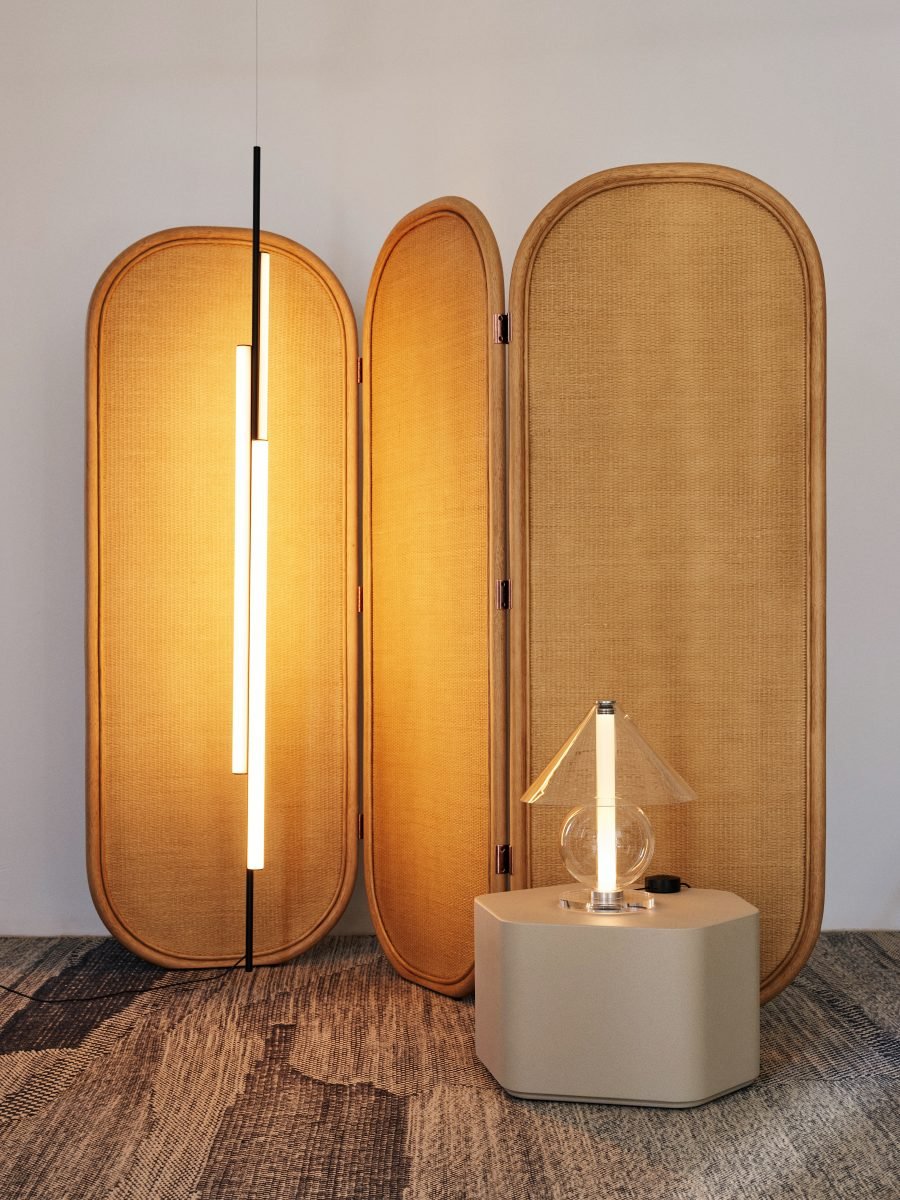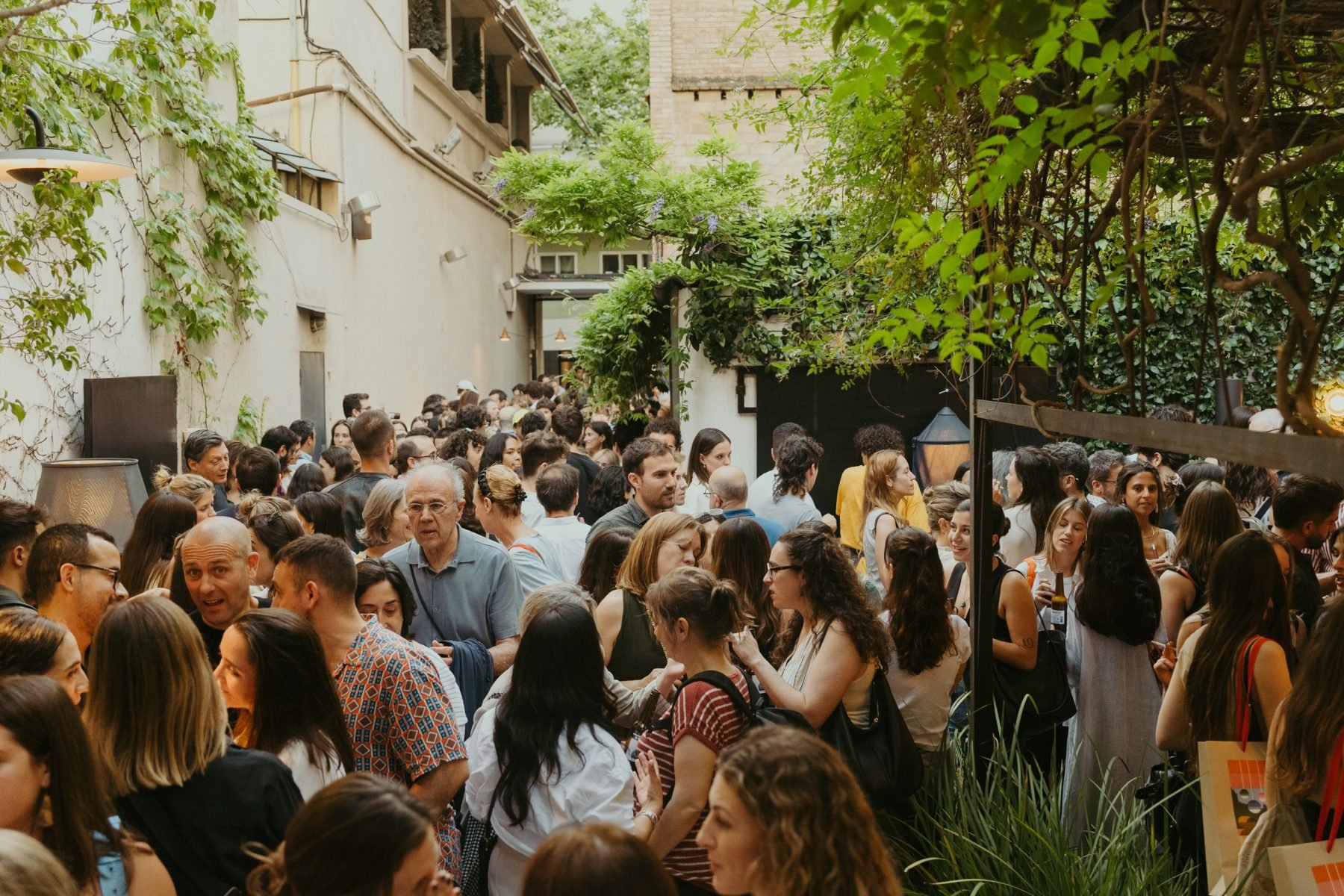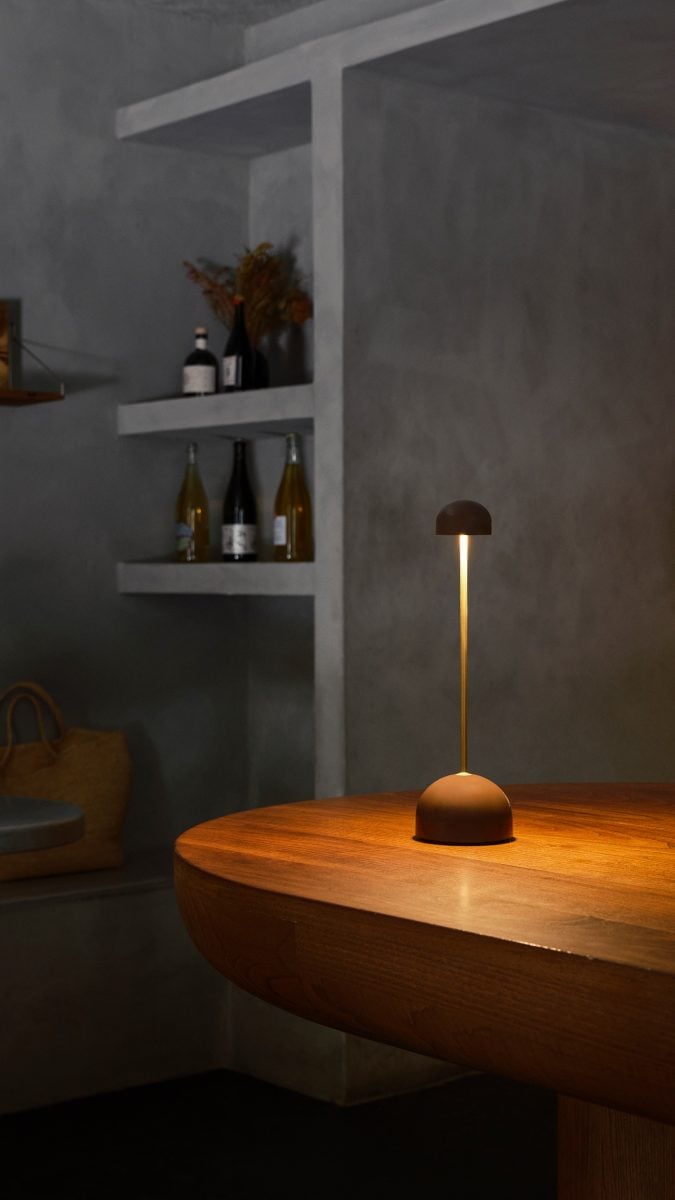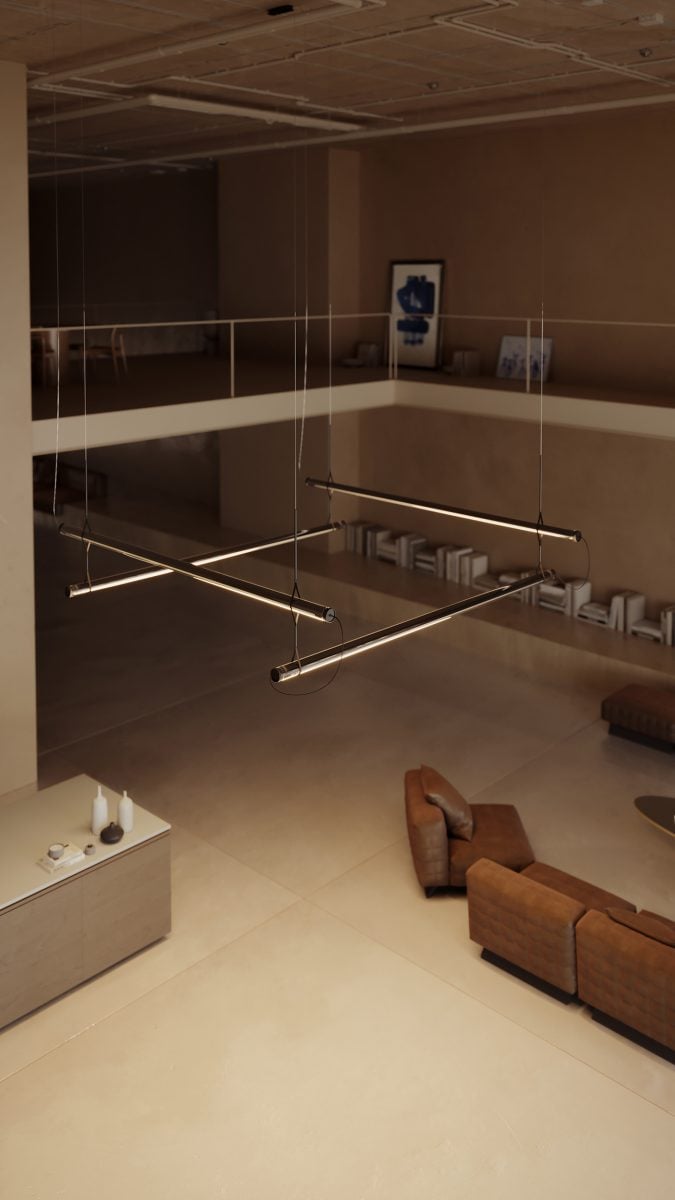Reflections on light – Xavier Mañosa – part two
In ceramics, I try to let things happen without intervening too much
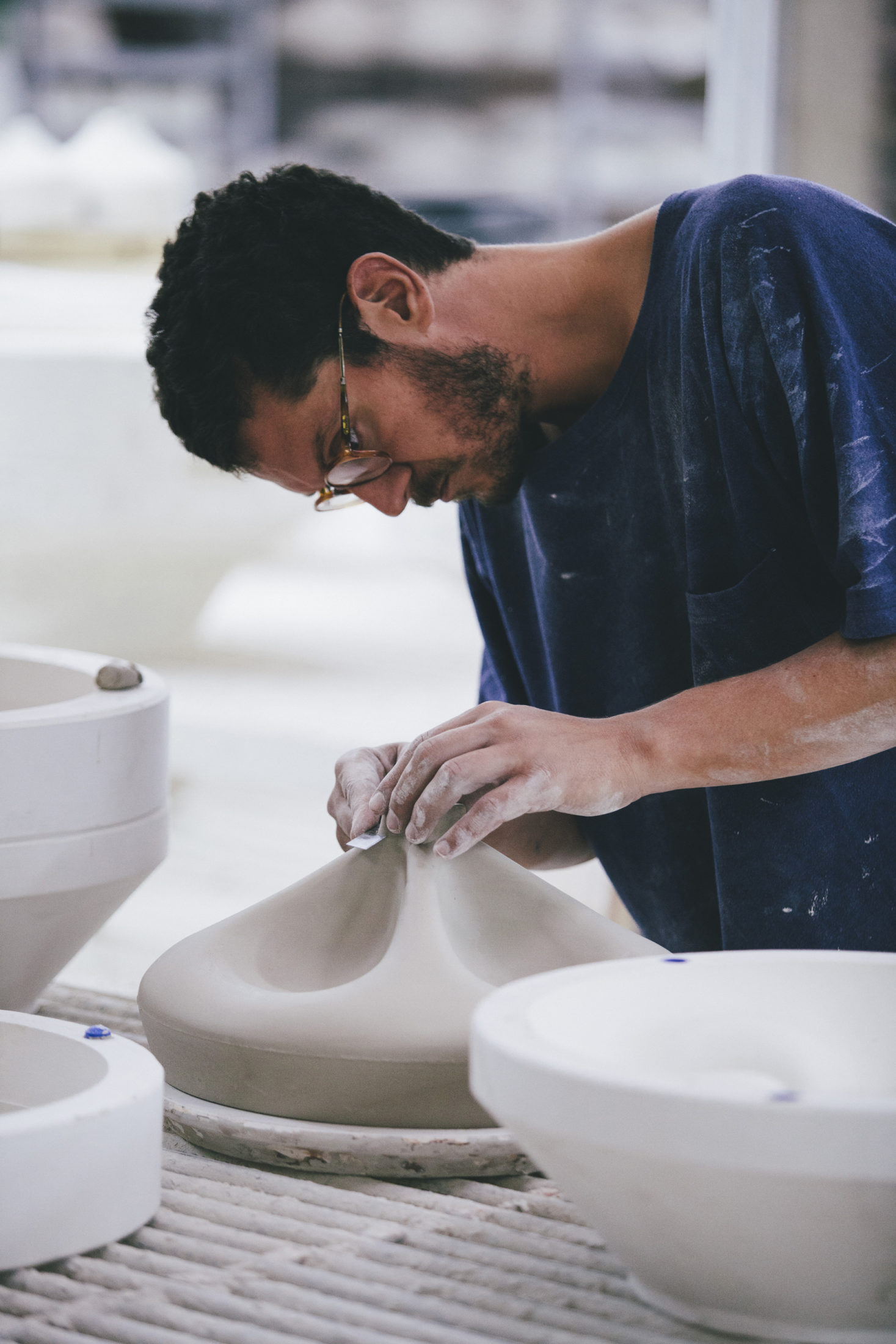
-What kind of light is beautiful?
– The kind that doesn’t bother you, and that’s really complicated. When I have been in a well-lit house – and that’s happened only a handful of times – it tends to be owned by a person of a certain age with a certain sensibility. Achieving this kind of light takes time. It is an exercise in gradually filling the house with the lamps and objects you find throughout your entire life. And it’s not just the objects themselves that can help you but also how you work with them, how and where you place them. A beautiful light needs many factors to come together.
-What is your relationship with Marset? What do you give each other?
– I began five years ago. It is a family-owned company, and so are we. At Marset they are very familiar with industrial processes, while we are more oriented toward a human factor that is difficult to control. They have patience with what it means to handcraft objects. They have managed to absorb it, understand it and convey it to the general public. Distributing and explaining it is complex, and they have successfully managed to do it.
– So what have you brought them?
-I imagine that I have helped them to explain the origins and the added value of these pieces. With a handcrafted object, if you are told about the details it helps you to imagine how it was made and it brings you closer to the person behind it. As a user you feel closer.
– What is the light of the lamps you have designed for Marset like?
– Ceramic, which is a material I talk about a lot, brings a kind of warmth that is difficult to find in other materials. The white Pleat Box is warm itself, but if you apply gold it makes even more of an impression in the space and generates a series of streaks. It manages to alter the atmosphere of the space through the reflection of light on the material.
–Is the use of gold a luxury?
– You cannot try to apply gold to an object and expect this object not to have certain connotations. The brain immediately relates gold with a luxury object. Then comes the price of gold. We use 16 carats with a sable fur brush – the animal with the finest fur around – because any other brush would leave marks. The gold has been atomised into a very fine powder which turns into paint when mixed with solvents. Then it is applied brushstroke by brushstroke on white enamel. It makes the piece’s end price more expensive, but it confers a warmth which you would never get without gold.
– They say that the lamps you make are like jewels…
– In the sense that the process is very special. Explaining it would take up an entire page. If I summarise, I would say that a piece that goes through the kiln four times, and in the interim it undergoes hand-polishing processes which last around 20 minutes. Given that the same lamp has different glazes, you have to protect one side while you do the other. There are sprayed finishes and other extremely laborious finishes applied with paintbrushes; they go through several hands… And at the end, marks of all these manual processes might remain, which remind you what happened at what point in the process.
– Do all objects have a history?
– I like to explain a bit of what lies behind craftsmanship, the relationship that is generated between user and object. This idea that the handcrafted object is humanised, that the user understands how this piece was made, where it comes from.
-What is Marset?
– Well, a lot of Marset is… It’s pure joy! It’s taking risks and being bold. They are very daring.

